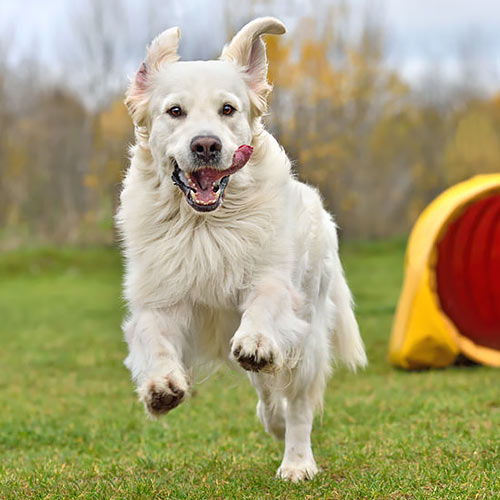Here at Conifer Canine, we utilize a balanced approach to dog training. Balanced dog training means that the trainer/s uses both reward and correction. In dog training theory, we would say that the trainer uses both positive reinforcement and positive punishment.

A balanced approach is not only the most effective in dealing with most dogs, it’s also science-based. Science, particularly biology, tells us that dogs in an undomesticated pack will be punished, ie. corrected, by the alpha. Admittedly, the alpha mentality can be overblown by trainers who love drama, but it is still a fact of nature that dogs understand leadership and the punishment that can arise from that leadership. In nature, it is only on rare occasions that an Alpha will punish a dog to an extreme. Normally, it’s a small nip, a look, a bite, and the incident is over. That is what balanced training looks like – small corrections as needed to maintain order within the human/canine pack. Corrections should only be administered when consistent with the dog’s age and temperament. For some, a verbal “no” is sufficient. Others may need a small pop on the prong collar (which, by the way, is also science-based communication with a dog).
One of my favorite all-time trainers is Max von Stephanitz, the creator of the German Shepherd breed. In the early 1900s, he stated that “No training can be given without (corrections), but the art of a good trainer consists in making this compulsion as imperceptible as possible…” Keep in mind that this statement was made during an era when beating the dog for misbehavior was a common thing.
Stephanitz’ statement bespeaks balance. Yes, corrections need to be given, but an articulate trainer can correct a dog in such a way that the dog doesn’t view it as a correction. Rather, it comes from a firm but fair leader who will always be reasonable and never administer a correction out of anger. Another statement from Stephanitz says, “The aim of punishment is improvement, not vengeance.” These types of corrections are neither abusive nor cruel.
There are many trainers out there who advocate a force-free method of training. Many of these would rather euthanize a dog than correct it. Some would even go so far as to say that you should never tell a dog “no.” In our opinion, these are absurd extremes. Many of these trainers have no clue about firm, fair leadership. They seem to only be familiar with abusive, extreme punishment – as though these are the only kinds of correction that are available. This is certainly not the case.
The lack of corrections sounds awesome…but it is unscientific and impractical. The wise use of corrections helps to save dogs from being surrendered and ultimately euthanized. Many (not all) canine problems can be fixed with mild corrections. Yes, sometimes corrections can make a problem worse, but a good trainer will know when to correct and when not to.
Ok, so we’ve talked about corrections for a bit. Now on to the reward side of things. Rewards certainly encourage a dog to repeat the behavior he/she just completed. She sits, gets a treat, and it becomes reinforced in her mind that sitting at the verbal cue (command) from the human will be beneficial.
Rewards are powerful motivators. The reward can be anything that is innately valuable to the dog: food, praise, tennis ball, Kong™, tugs, petting. A good trainer will find what is important to the dog and use it to reward desirable behavior. Each dog is different, and each will have his/her own value system.
Some misinformed folk think that giving a dog rewards for good behavior is bribery. Admittedly, there can be a fine line between the two. Initially it can be helpful to “lure” a dog into a sit, for example. You place a treat in front of her nose, lift it upwards, which drops her rear on the ground – she gets the treat. Bribery? Eh, probably not. But what needs to happen is for the dog to soon sit without seeing the reward. When she sits, out comes the treat, and she is rewarded. No luring, no bribery. The reward is only presented after the fact of the sit.
A good trainer will get a dog to the point where the rewards are more frequent than the corrections. This needs to happen as quickly as possible. Each dog is different and each will learn at his/her own pace. And, certainly, the dog’s temperament figures into this equation as well; a stubborn dog may take longer to reach this point.
If a car tire is unbalanced, it will wobble. If a checking account is unbalanced, it will eventually overdraft. An unbalanced relationship will eventually crack and fail. Like most everything else in life, there must be a balance.
In our opinion, there must be a balance in dog training. It helps to produce a balanced dog. The nearer a dog is to being balanced, the sturdier the human/canine bond will be. As for balanced humans, we’ll have to leave that for another time ????
Need your dog trained? Contact us at 800-795-4201

